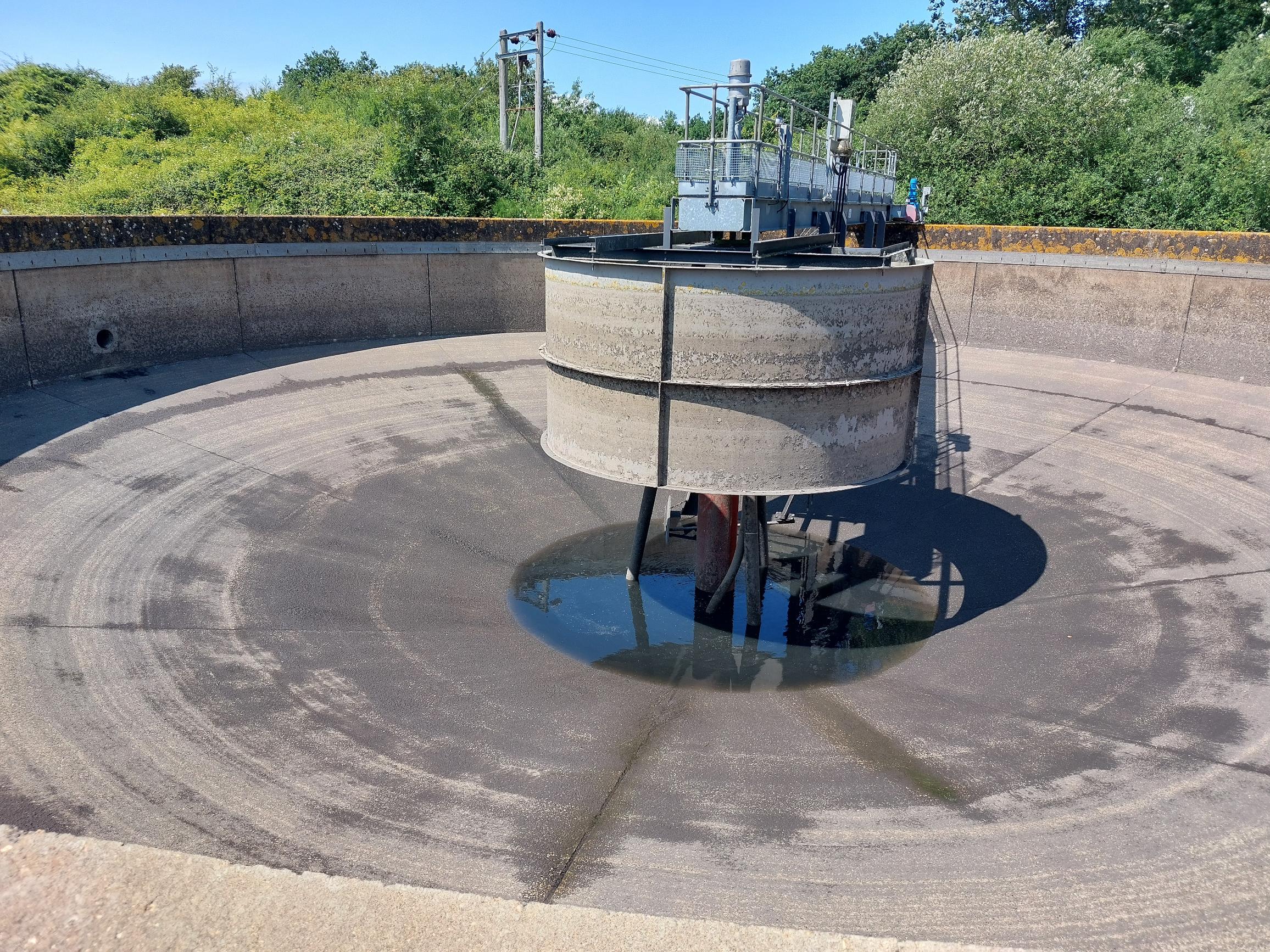
New permits at Fairlee to help reduce storm overflows
Sometimes we must overhaul the permits given to us by the Environmental Agency to find new ways to reduce the use of storm overflows.
Regulator permits
Regulators, like the Environment Agency, give water companies permits to control what they do. Permits are site specific, taking into consideration several factors to protect the environment. To reduce the use of storm overflows, we sometimes need to challenge and go beyond the permits given to us.
The problem at Fairlee
The permit at our Fairlee Wastewater Treatment Works means that during storm conditions we're required to store 3-million litres of storm water in on-site storage before releasing any excess into the environment.
We were able to do this, but we had an idea which would allow us to store more water, reducing the amount of stormwater released into the environment. At Fairlee, we had a 15-million litre abandoned treatment tank which had been unused for decades, and we wanted to make use of this extra available storage to reduce local storm overflows.
Making the site more effective
We spoke with the Environment Agency who agreed we could use the tank as additional storage. To allow the storage to work with what was already on site, we built a new pumping station to transfer the excess storm water to this new storage, which would have otherwise been released to the environment through the storm overflow.

The results
With so much extra storage unlocked, storm overflows immediately started dropping compared to what was predicted for the site. In 2024 the improvements prevented around 12 storm overflow releases and the actual number of storm overflows were far less than predicted.
Other work on the Island
Work is underway to install roadside sustainable drainage systems in Gurnard, just north of Fairlee on the Isle of Wight. These help manage surface (rain) water run-off from roads and reduce localised flooding, easing the strain on the sewer system when it rains.
Look at our Clean Rivers and Seas Plan to see all our planned storm overflow investments on an easy-to-use interactive map.
